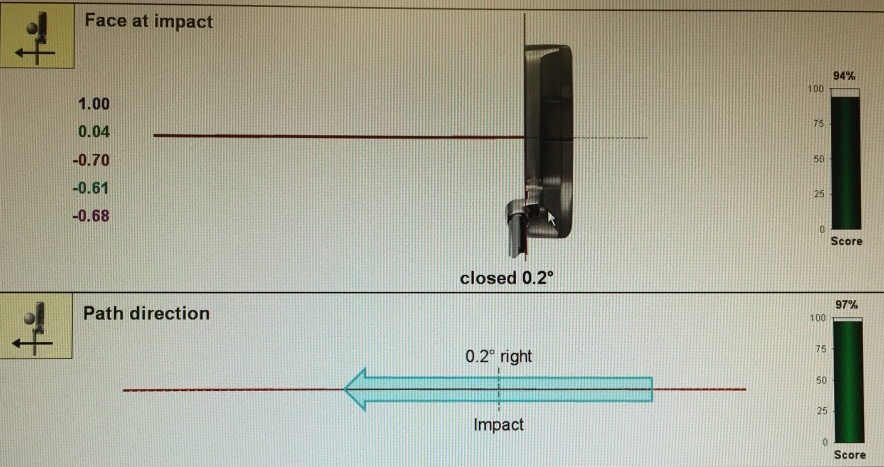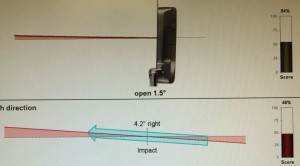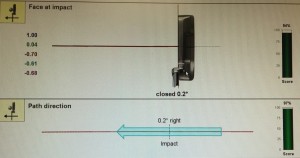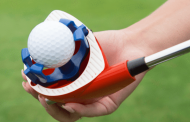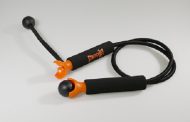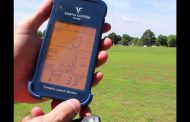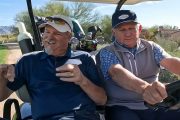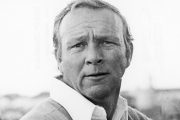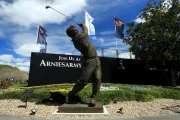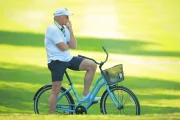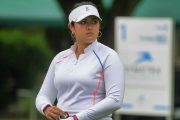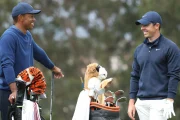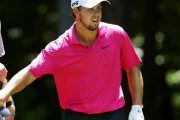Putting can often be one of the most frustrating parts of the game. How many times have you struck the ball great from tee to green yet nothing drops on the green and any mistakes you have made by the lack of strokes made on the green. However despite this we rarely see most golfers practice their putting as much as they do full shots, or look at the mechanics of the stroke as much as we look at the positions of the swing.
You will also commonly notice that those who do practice putting, can often practice it badly with no real feedback or outcome to what there doing. In some ways this can almost be worse than not practicing at all as you begin to create poor mechanics within the stroke.
Working on your putting mechanics can be quite simple if you understand the most important factors of the stroke itself. There are two vital elements to produce a consistent and efficient putting stroke, they are where the clubface aims at impact and the direction the putter travels through the impact area. These two keys are the primary influence of where the golf ball will start.
One of my favourite drills to work on the aim of the club and the path is called the wall drill. The wonderful drill is that this drill can be done almost anywhere. To do this drill you can use either a wall if you are indoors or at home, or a shoe box of some description if you are out on the putting green.
Simply place the putter a small distance away from the wall or the box with the golf ball positioned in line with the middle of the club face. For the club face to be in a square position at the address position, the face of the putter should be at right angles to the wall/box.
From there the goal is to make a stroke where the putter makes centred contact with the golf ball, without touching the wall either before or after the the ball is struck. For those that produce a path that is excessively in to out, they will strike the wall after the golf ball is struck. For those who are excessively out to in with their stroke, they will strike the wall in the backswing as the club moves away from the ball, or as it loops towards the wall on the follow through.


